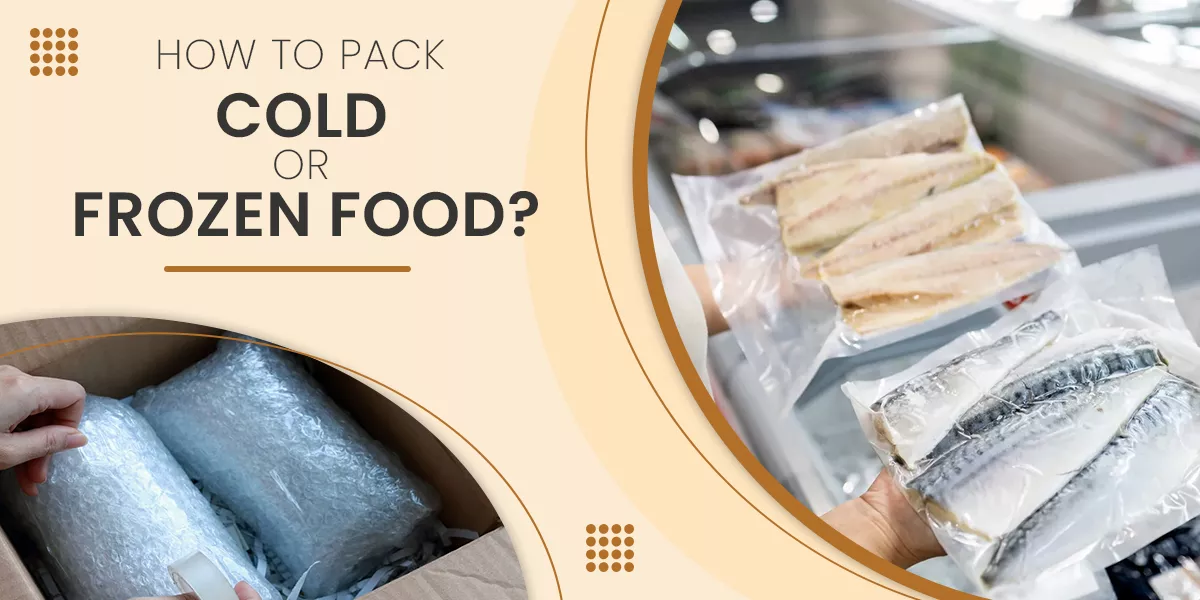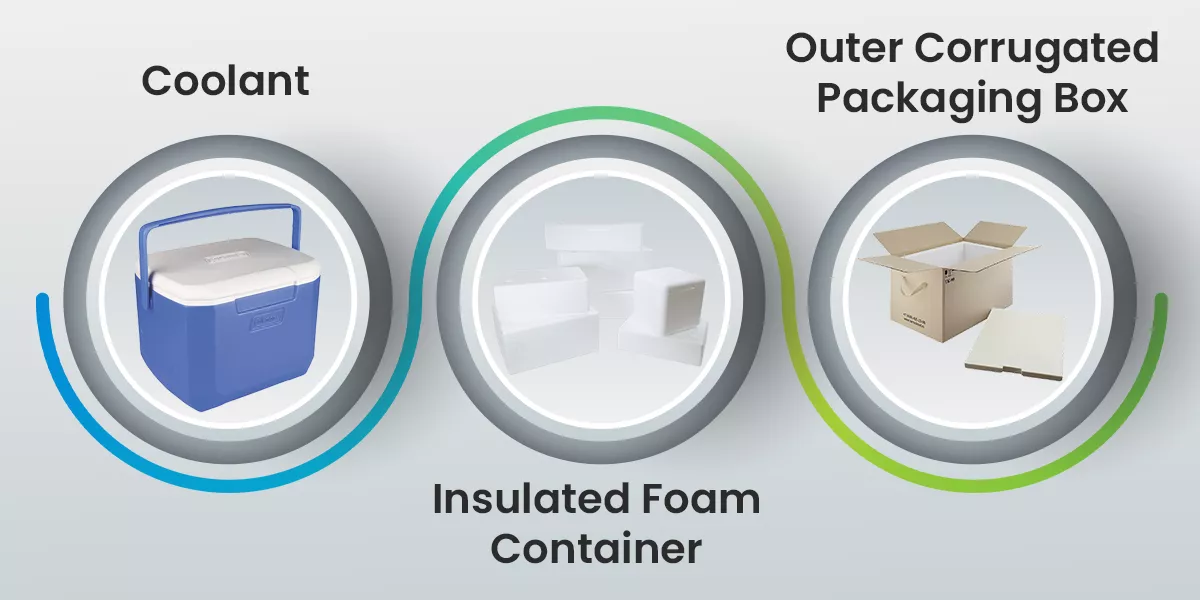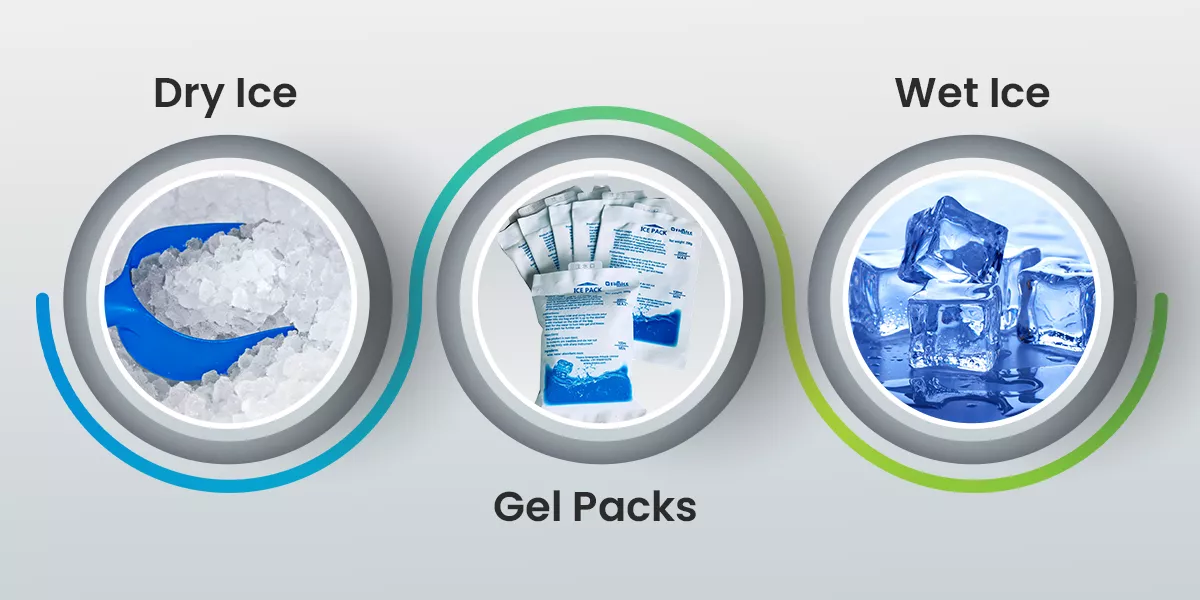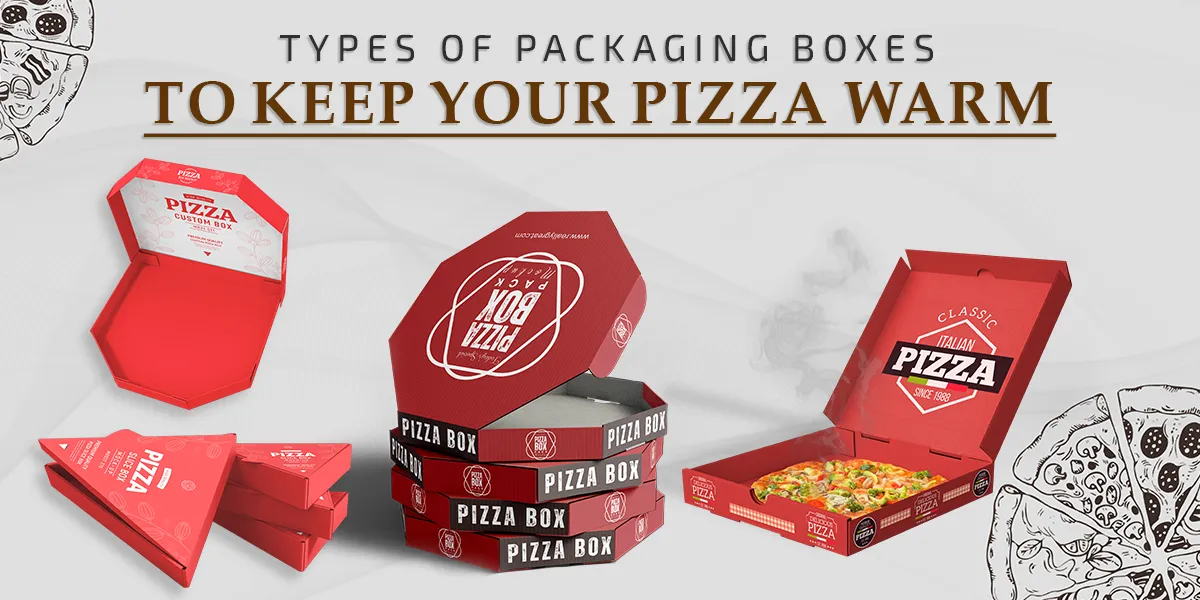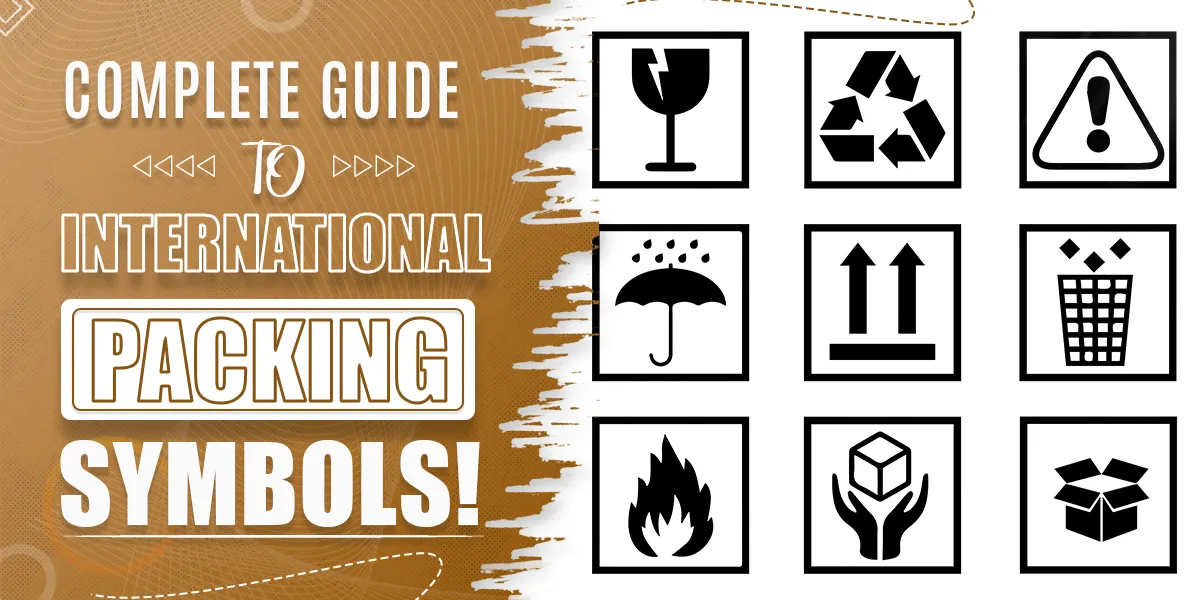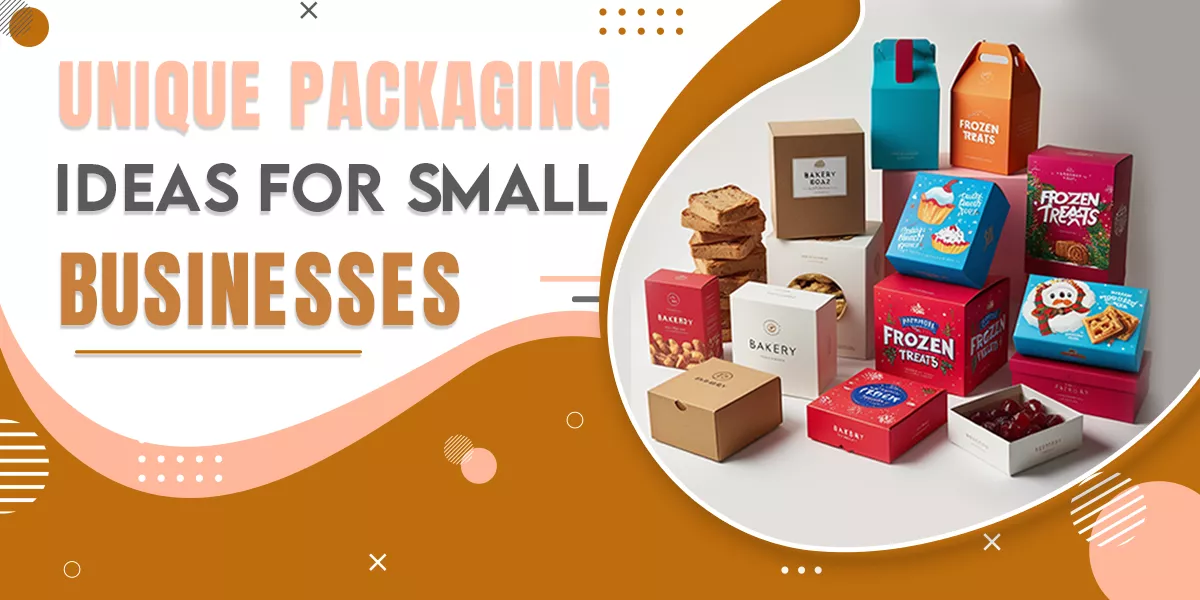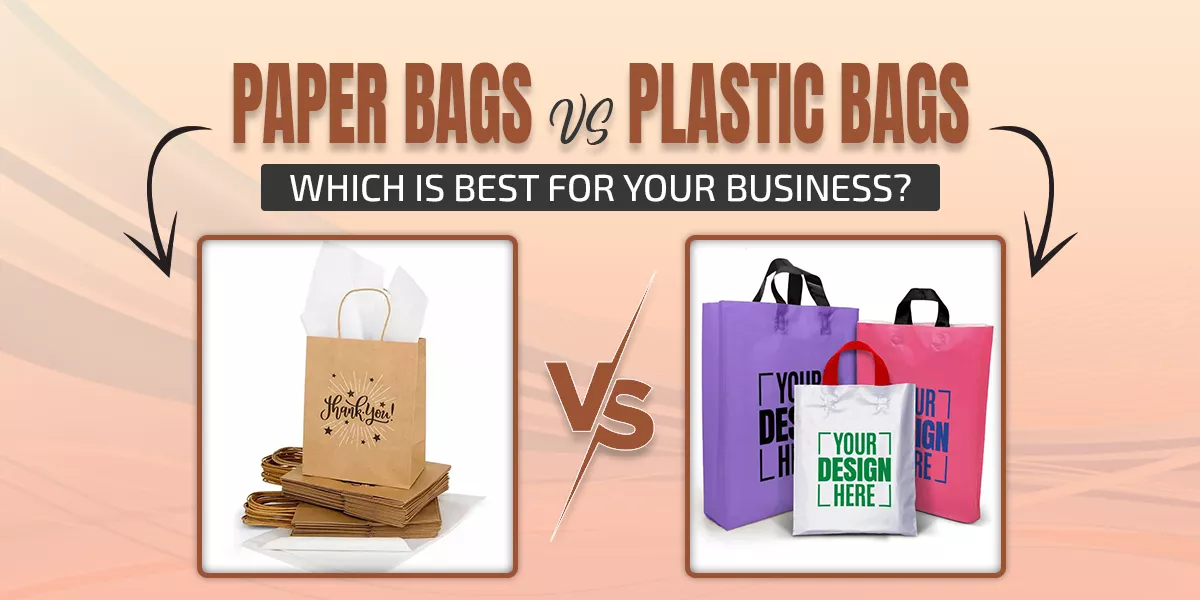Are you looking to pack frozen or cold food products with the maintenance of freshness and flavor? You need to consider the best practices for packaging frozen food items to enhance customers’ experience with your brand. It is important to maintain the right temperature for your food to maintain the food quality over time.
When you are shipping cold food, it is important to choose the ideal packaging materials to maintain the coolness of food items for a longer time. It is important to learn the practical tricks and tips for packing frozen or cold food so that its deciduousness and freshness urge the consumers to come back to your food business.
Essential Equipment For Packaging And Shipping Frozen Food
- Coolant
- Insulated foam container
- Outer corrugated packaging box
Optional Equipment For Shipping Cold Food Items
- Absorbent materials (cellulose wadding, pads, or paper towels)
- Packing peanuts
- Watertight plastic bag or liner
What Are The Types Of Coolants For Frozen Food Preservation
When you are looking to pack and ship different perishable items, such as cold or frozen food, you can use the following coolants.
- Dry Ice: It is important to choose the ideal dry ice for your frozen food items by following the restrictions and requirements.
- Gel Packs: You must select the gel packs when you need to maintain the temperature between 1ºC to 10ºC (34ºF-50ºF) for your cold products.
- Wet Ice: This is the alternative to a gel pack, and you need to follow guidelines to preserve food items effectively.
Guidelines For Wet Ice
- Use the absorbent material to line the lower part of the shipping container to enhance protection.
- Prefer a larger plastic bag for lining the inner side of the shipping container.
- 2-mil plastic bags are ideal for ice.
- Twist the opening end of the bag to seal it perfectly.
- Fold over the bags and wrap them with the rubber band.
Dry Ice Requirements And Restrictions
FedEx Express Requirements
- It is necessary to provide the right labeling, marking, classification, and identification on the packaging boxes for frozen products. You must take this step with the current requirements for dangerous goods by the International Air Transport Association (IATA).
- It’s a good approach to drop off the different dangerous goods, including the dry ice, at the FedEx locations. You can find the nearest location and choose “Dangerous goods shipping.” Moreover, you can also go for the FedEx Express for the scheduled pick up of dangerous goods from your given location.
The outer packaging must include these everlasting information and markings:
- “UN 1845”
- “Carbon dioxide solid” or ”dry ice”
- Total weight of dry ice in kg
- The shipper’s name and address
- The recipient’s name and address
You must choose “Dry ice” and add the necessary information when crafting a shipment through a FedEx airbill or online source. It is important to add “Yes, Shipper’s Declaration not required” in the section of Special Handling when using a paper airbill.
FedEx Ground restrictions
- Dry ice is not a hazardous material, even if it is shipped through FedEx. You need to mark “Dry Ice” on the package and inform the driver about it during pick-up.
- FedEx Ground doesn’t accept dry ice for refrigerating biohazards such as tissues, urine, and blood, which are also known as diagnostic specimens.
- FedEx Ground doesn’t ship dry ice within, from, or to Hawaii or Alaska.
How To Pack Frozen Or Cold Food?
Packaging Cold Items
| Step 1 | Use an insulated container and Gel Coolants.
|
| Step 2 | Use an insulated container to secure cold items
|
| Step 3 | Use the corrugated box to package the insulated container.
|
Packaging Frozen Items
| Step 1 | Use an insulated container and perishables
|
| Step 2 | Prefer the ideal arrangement of your frozen products inside the insulated container.
|
| Step 3 | Always utilize a corrugated box to package the insulated container.
|
How To Ship Frozen Food?
- Package your shipment for handling in different environments.
- Refrigerate the products between 34ºF and 50ºF using the gel coolants. Utilize the dry ice for frozen products.
- Use a 1-1/2″-thick insulated foam container and use a watertight plastic liner for lining the inner side of the container.
- Prefer the double-bag method for perishable items, which can thaw or melt during the shipment process.
- Add the insulated foam container to the corrugated box to enhance safety.

